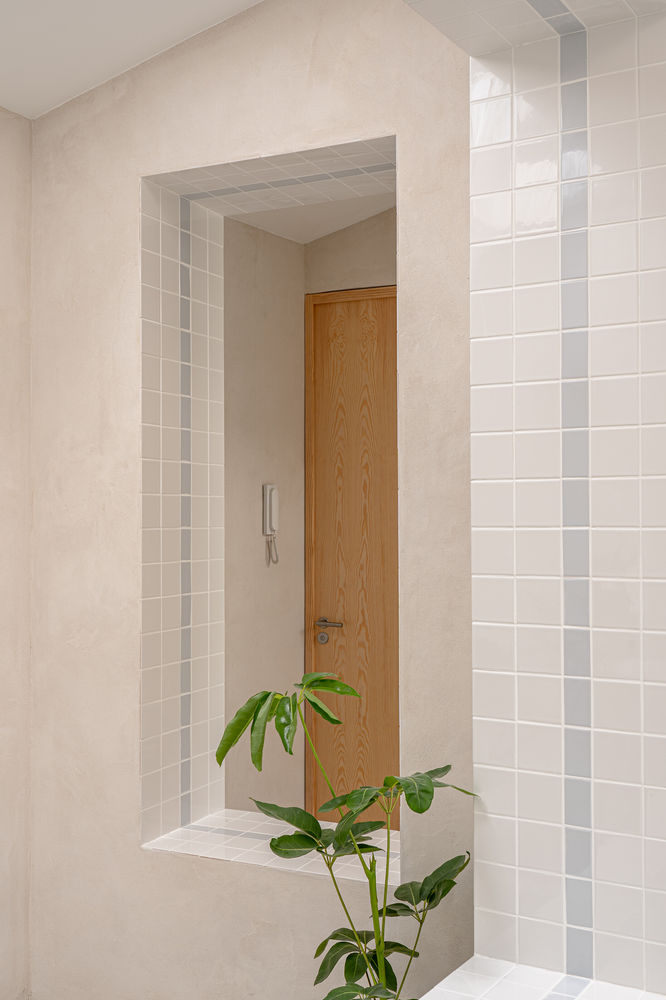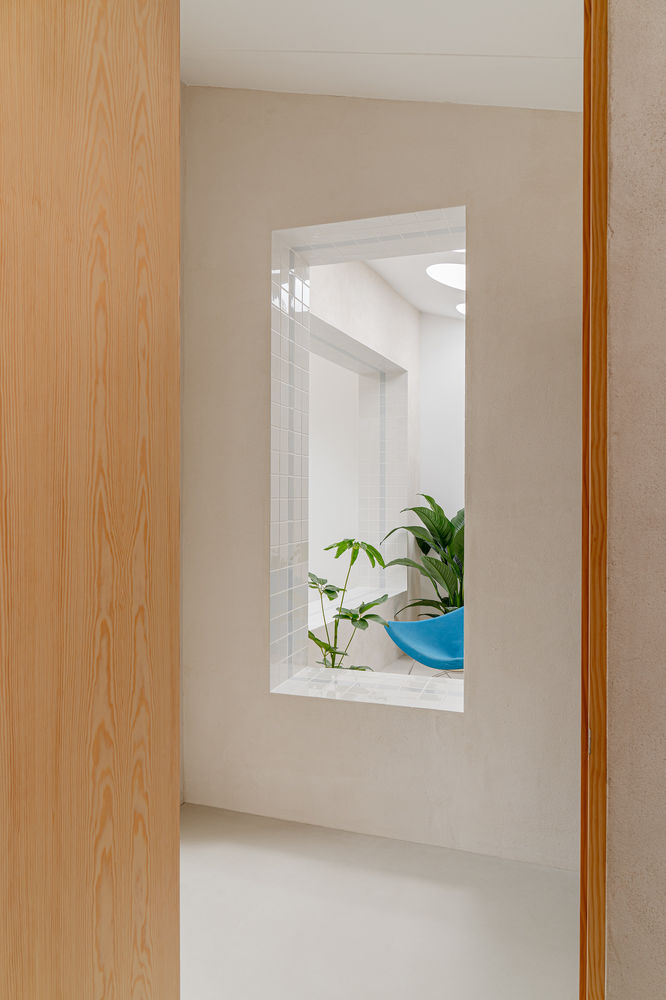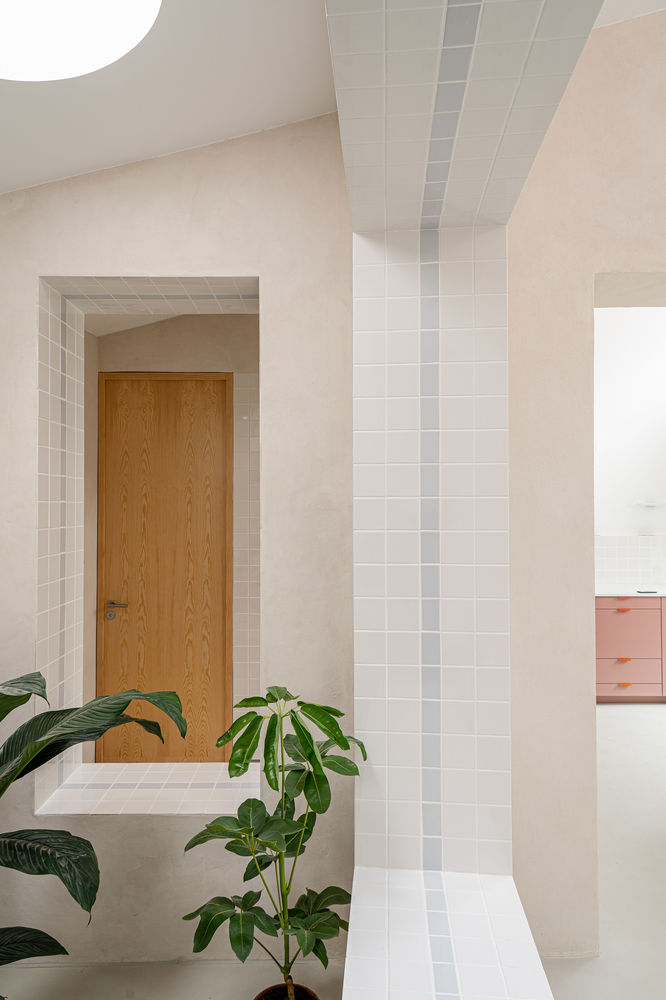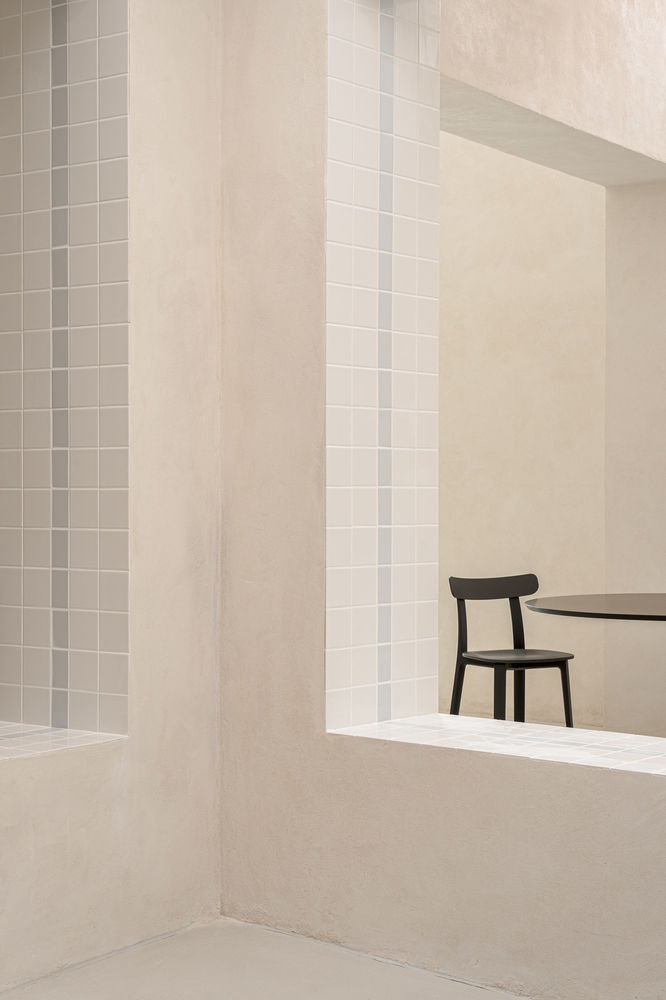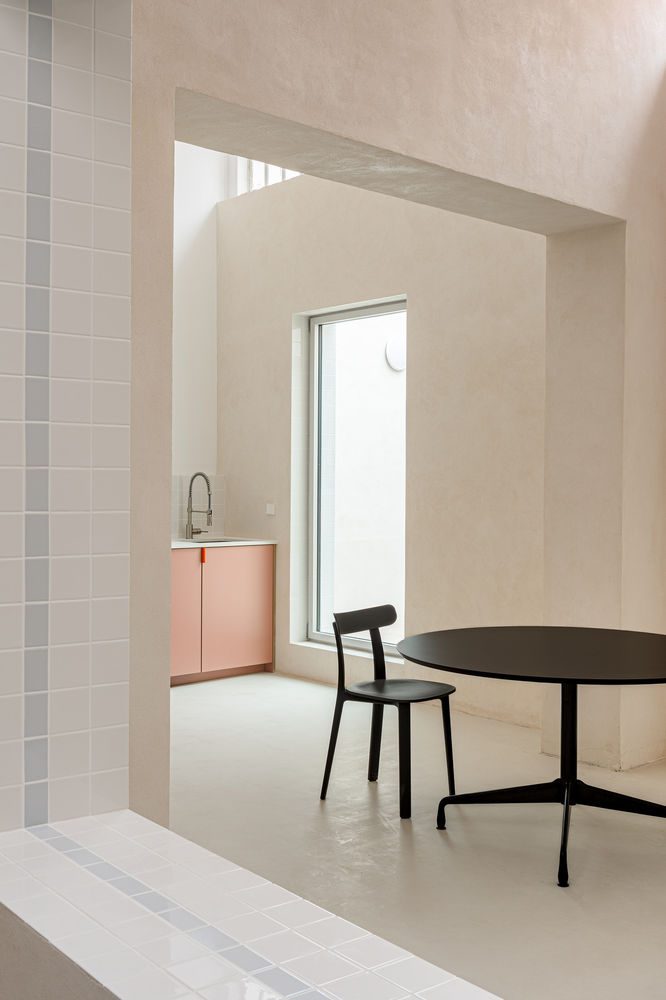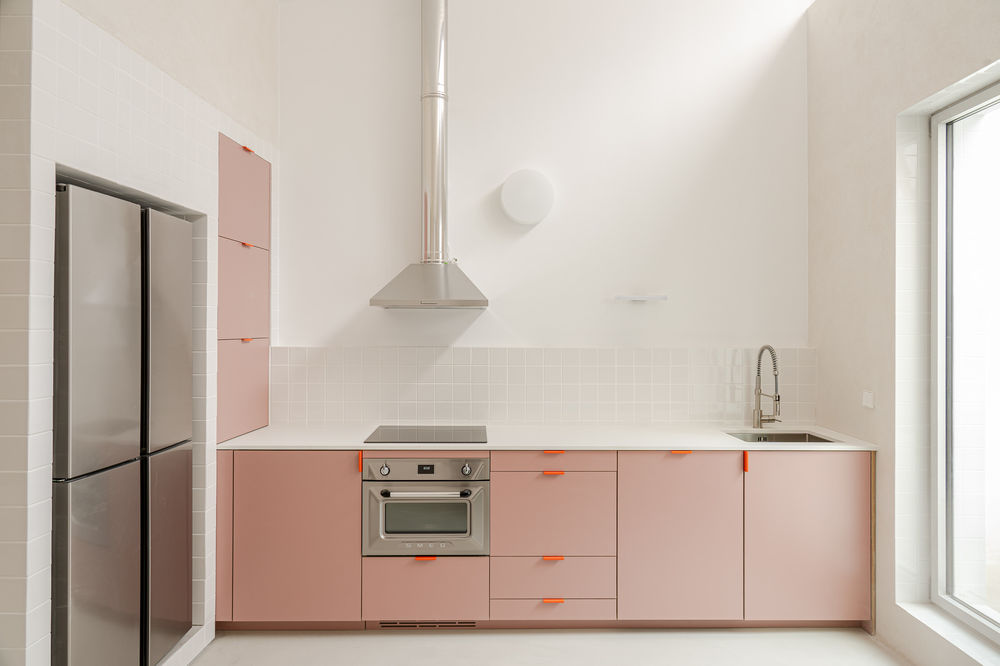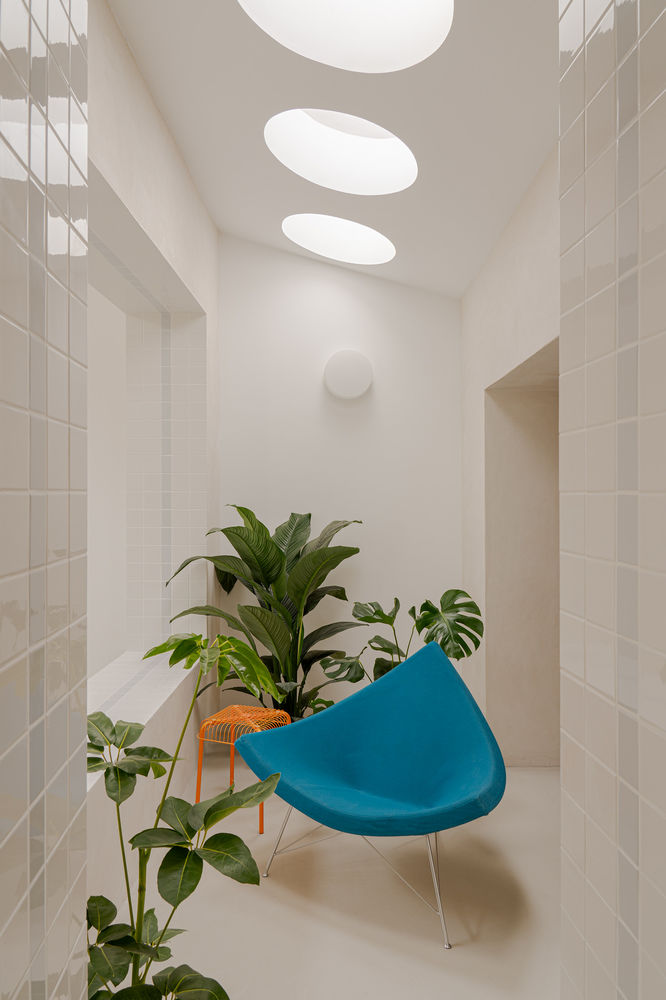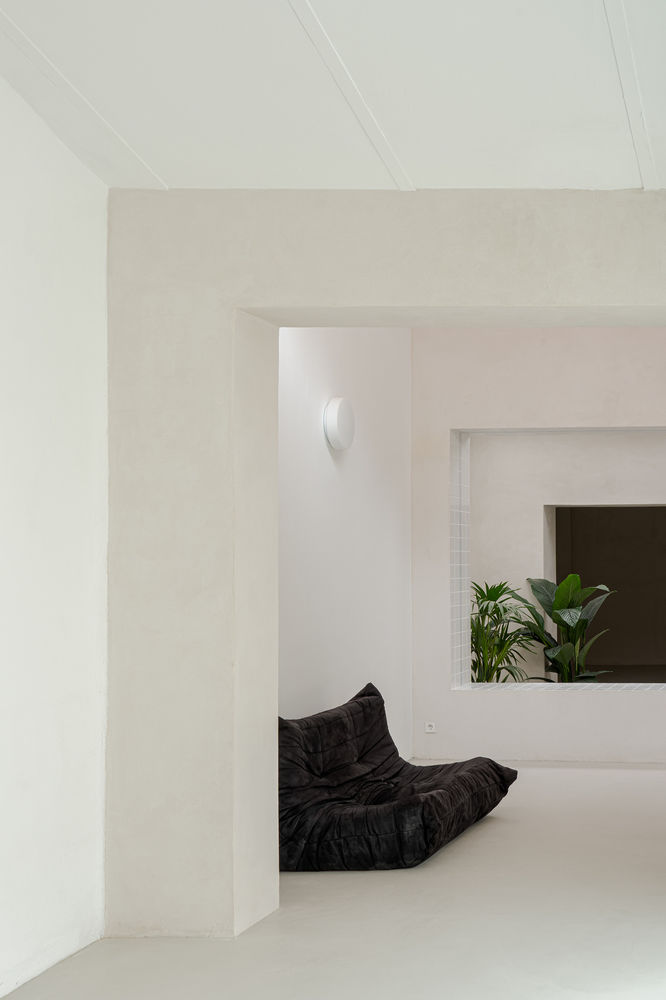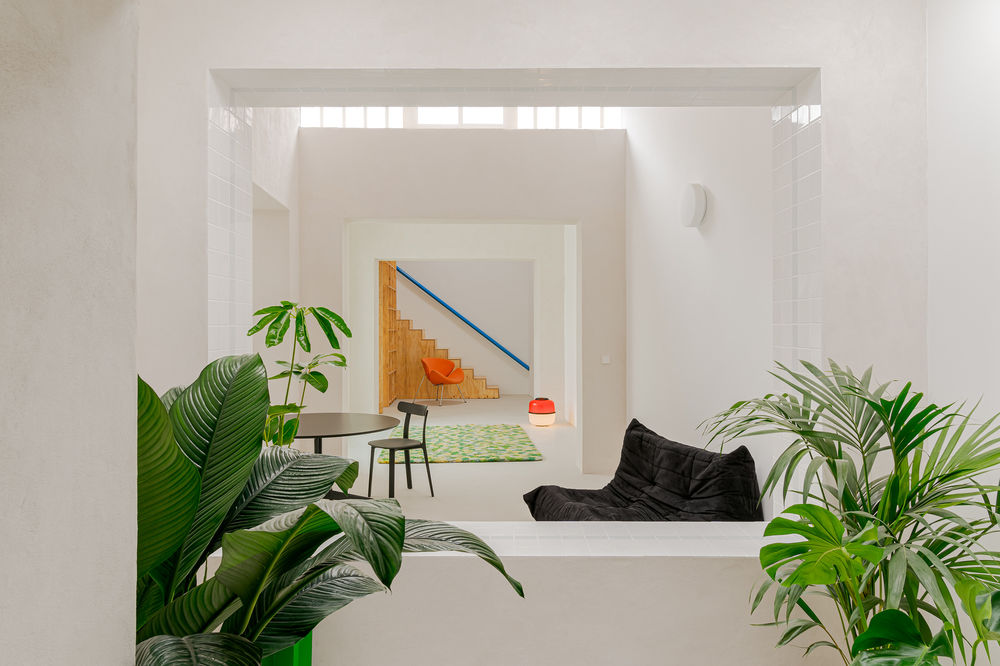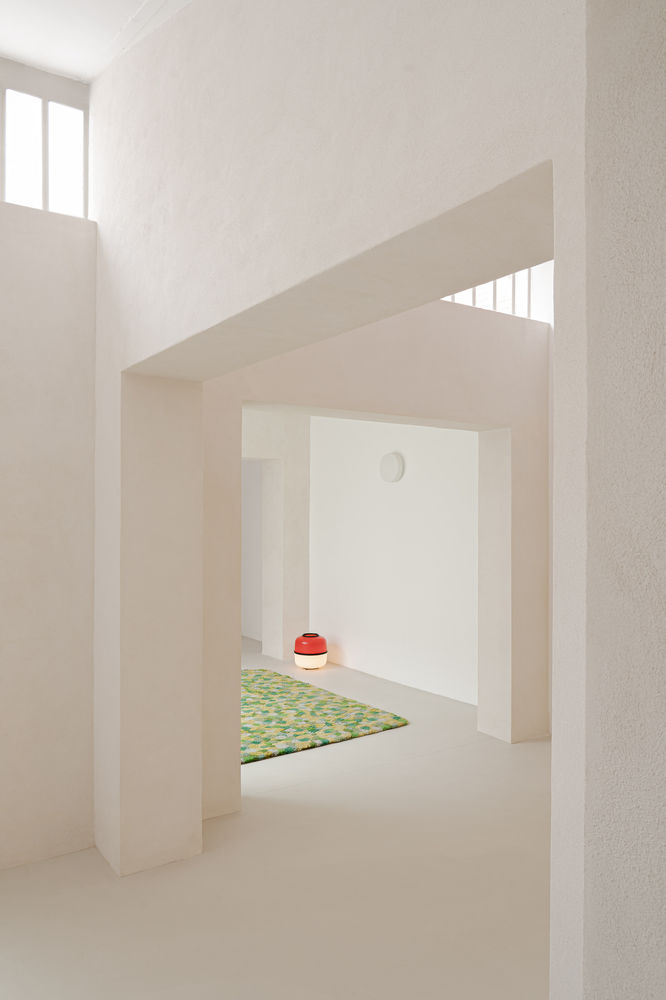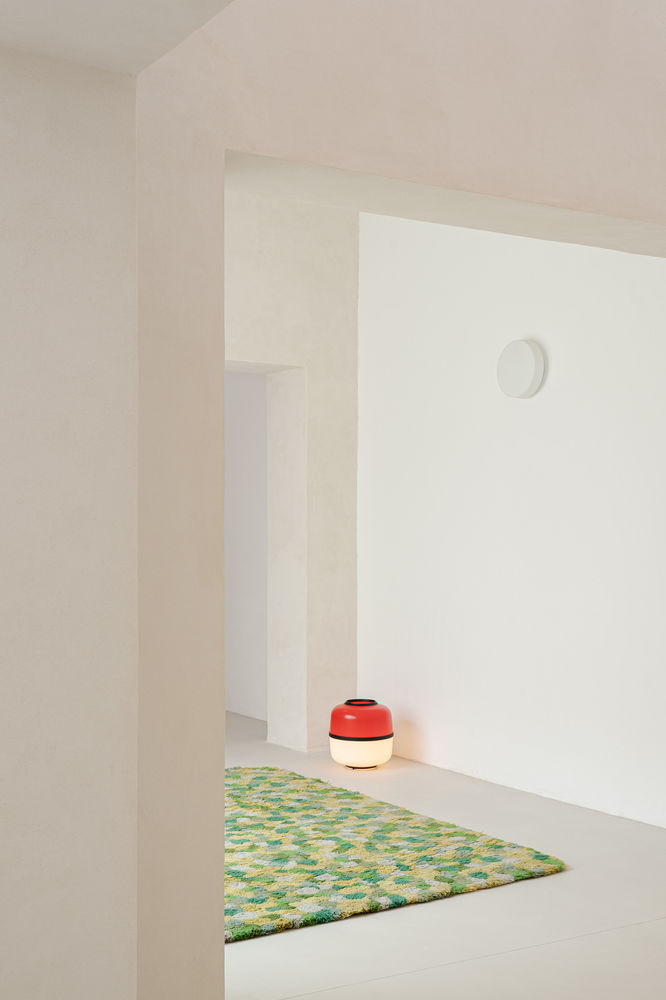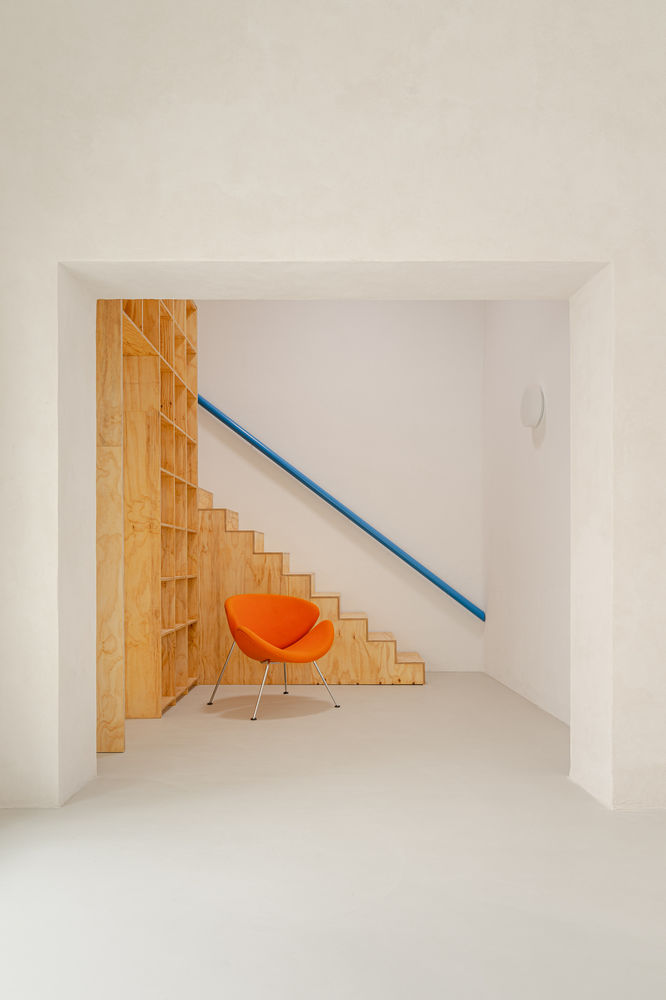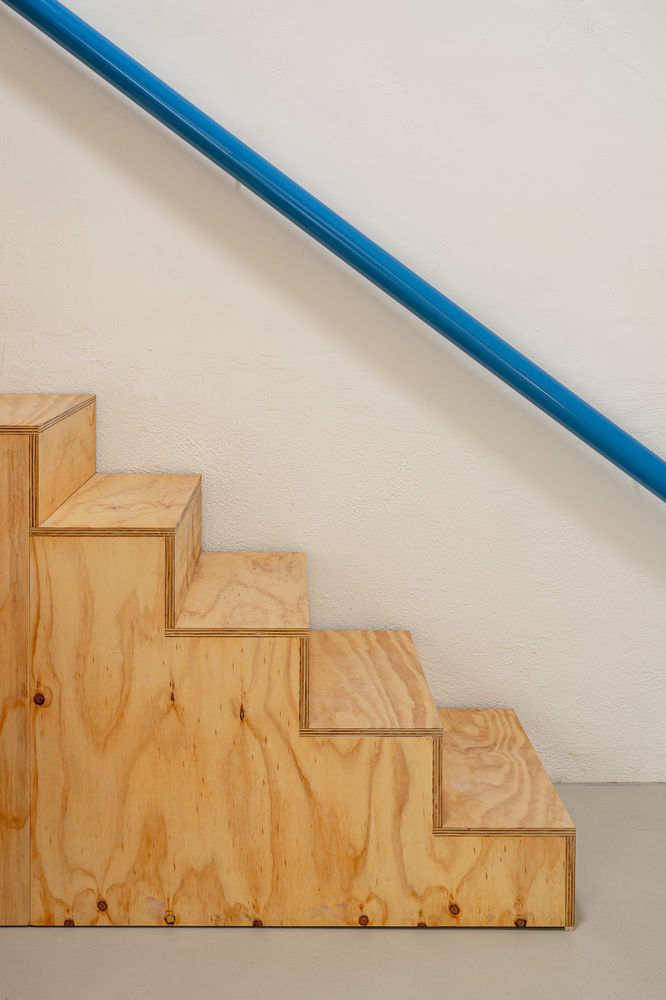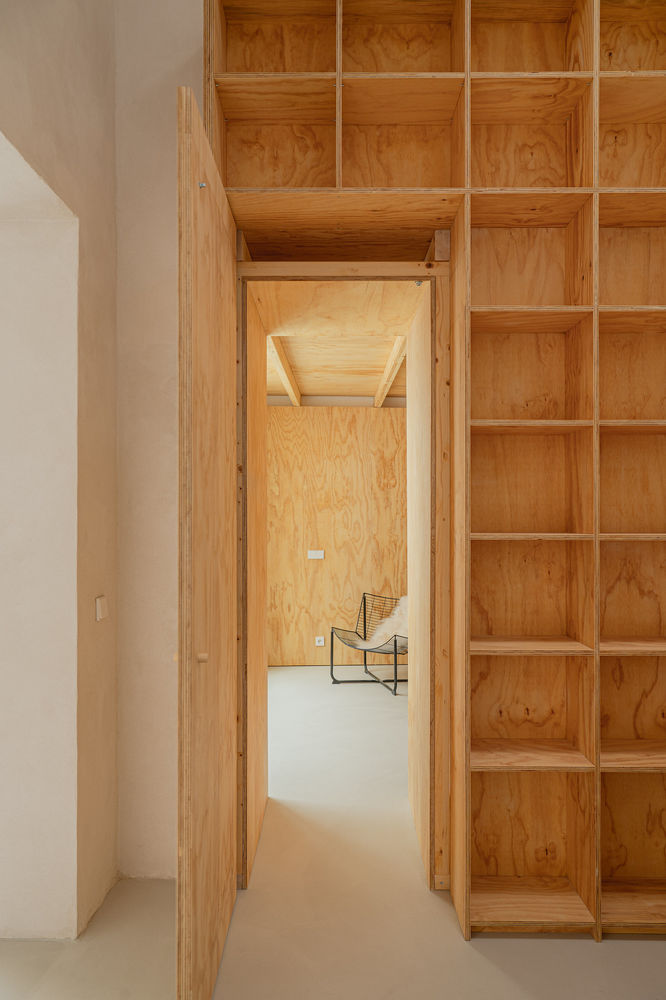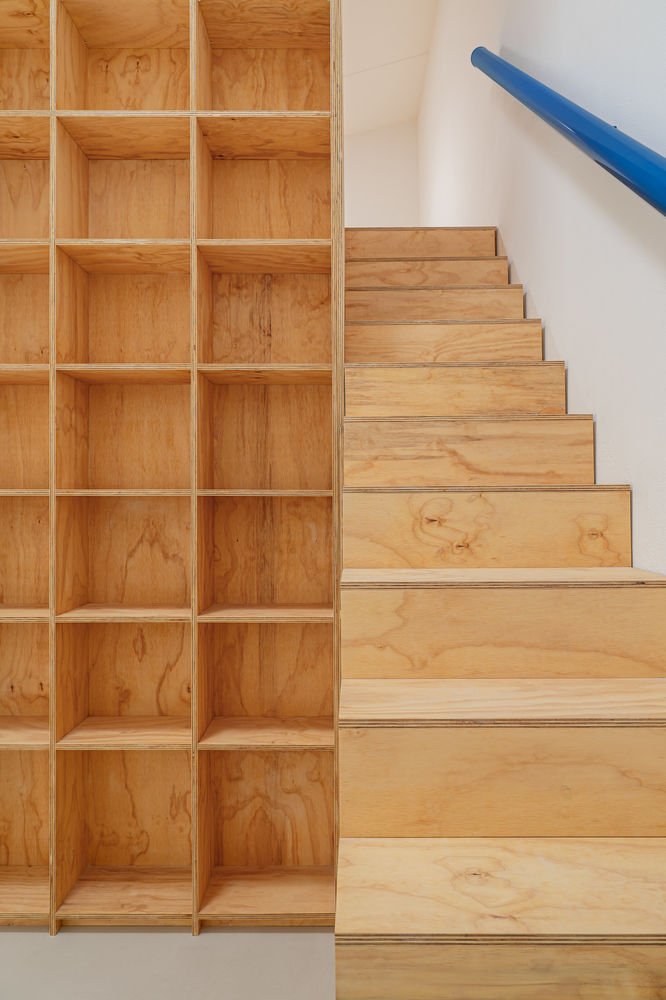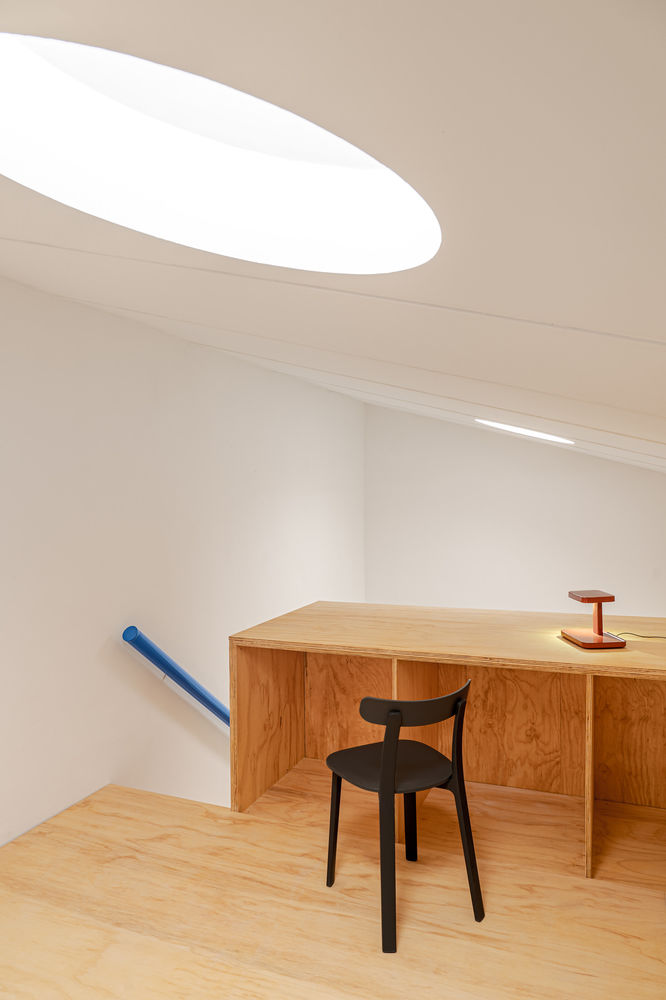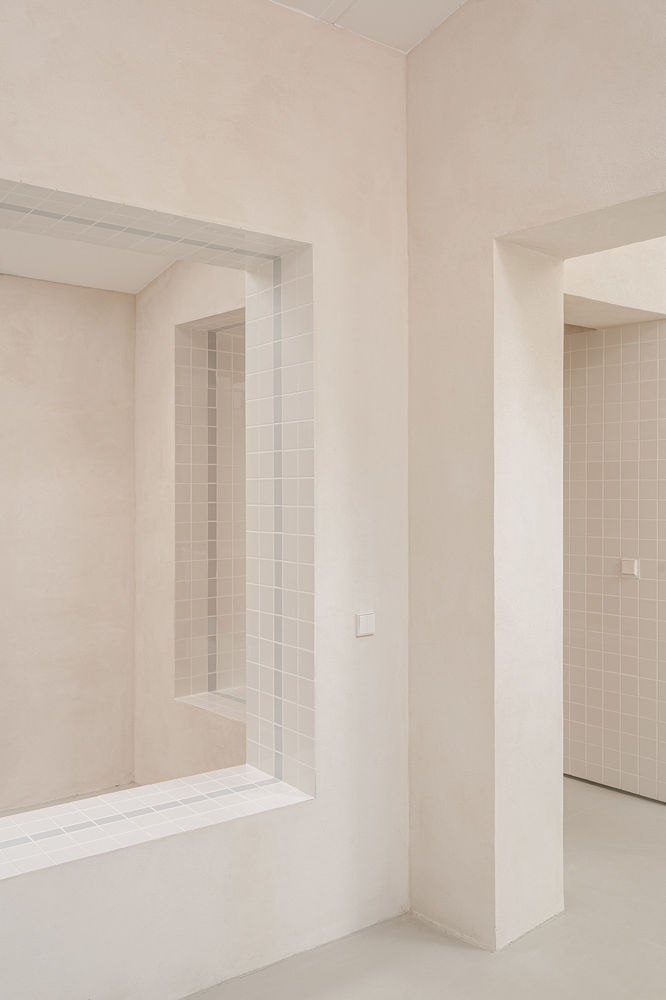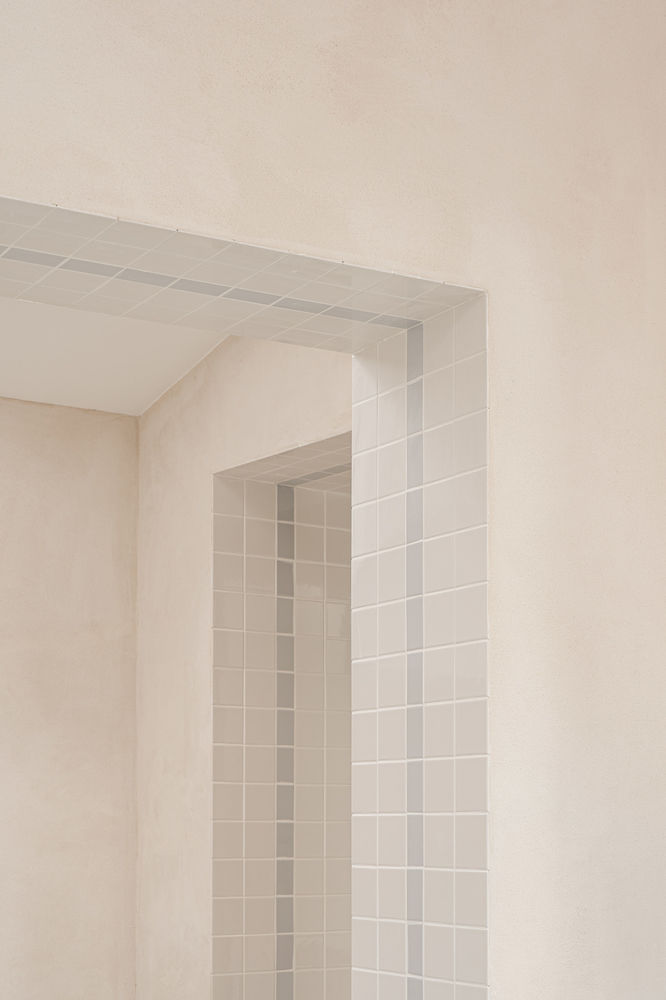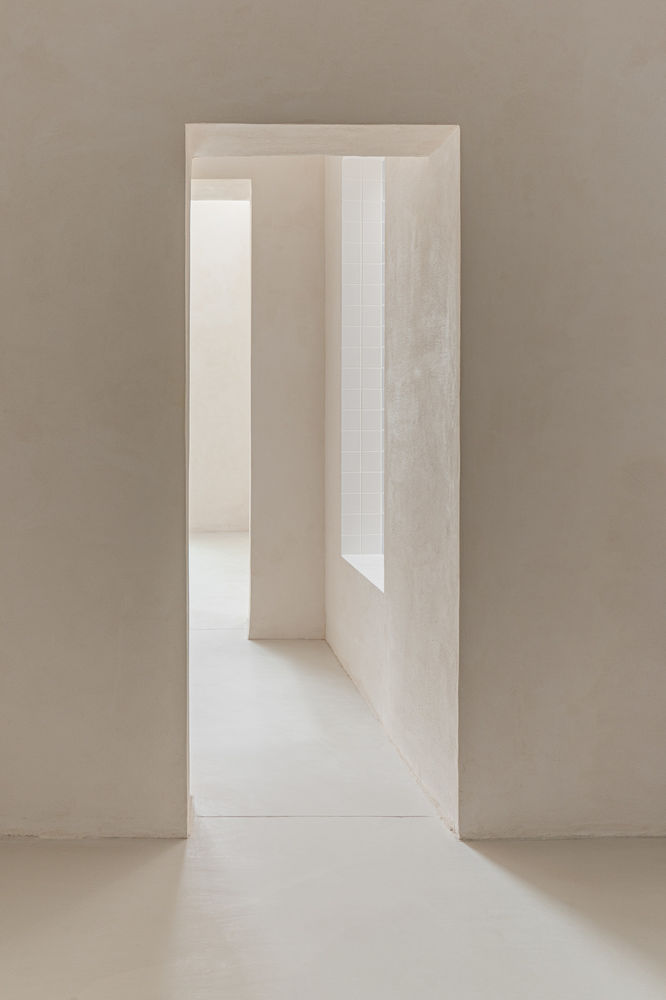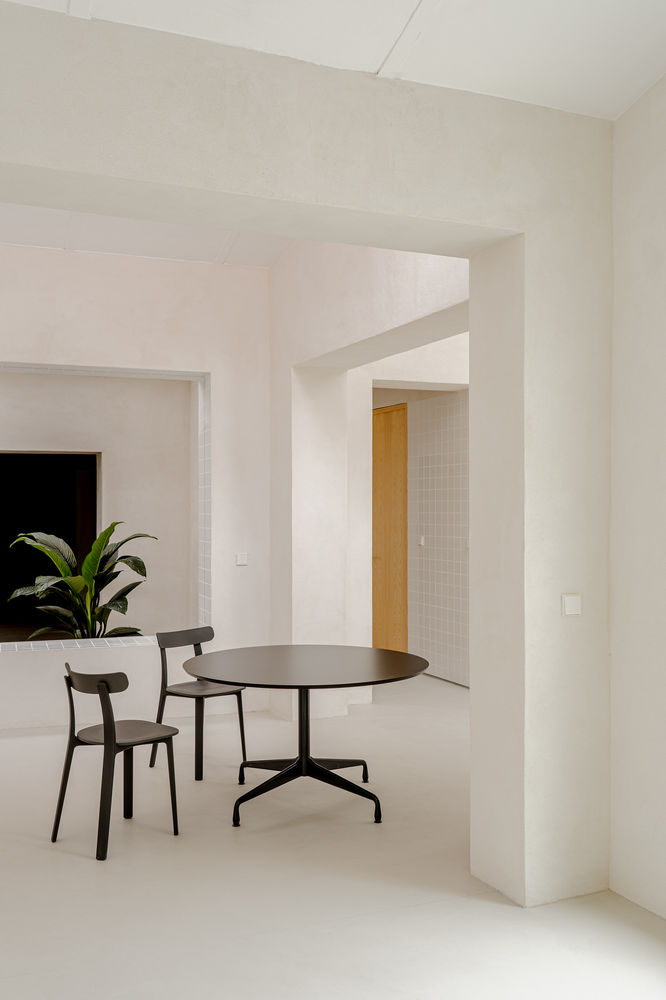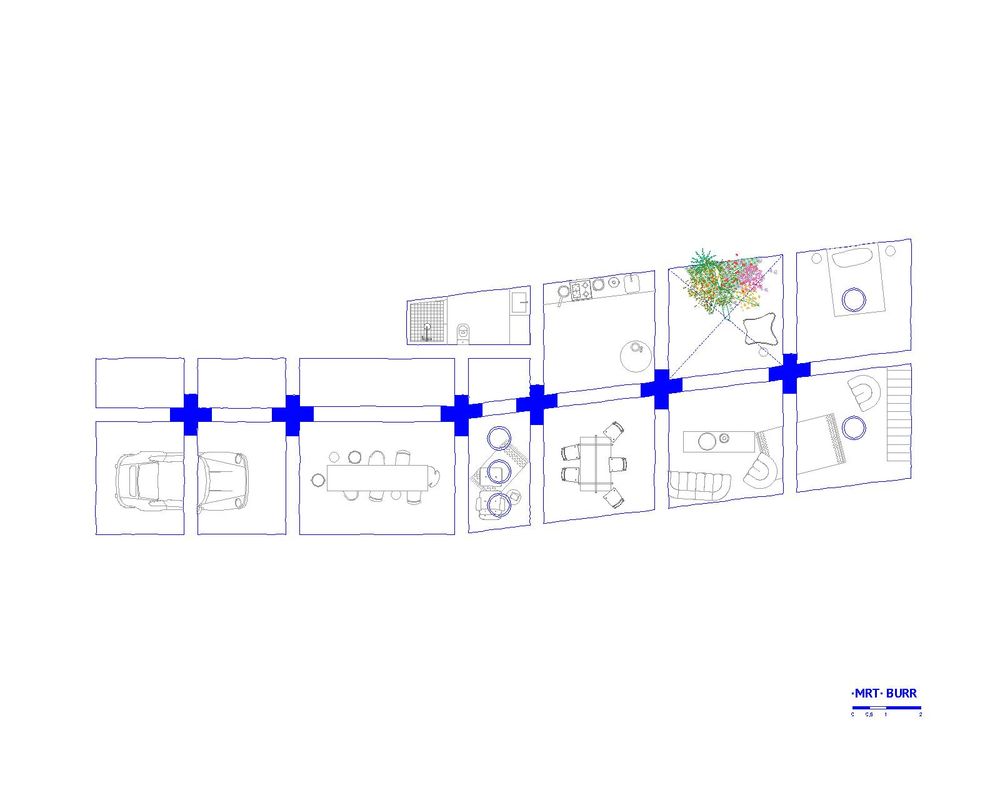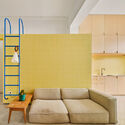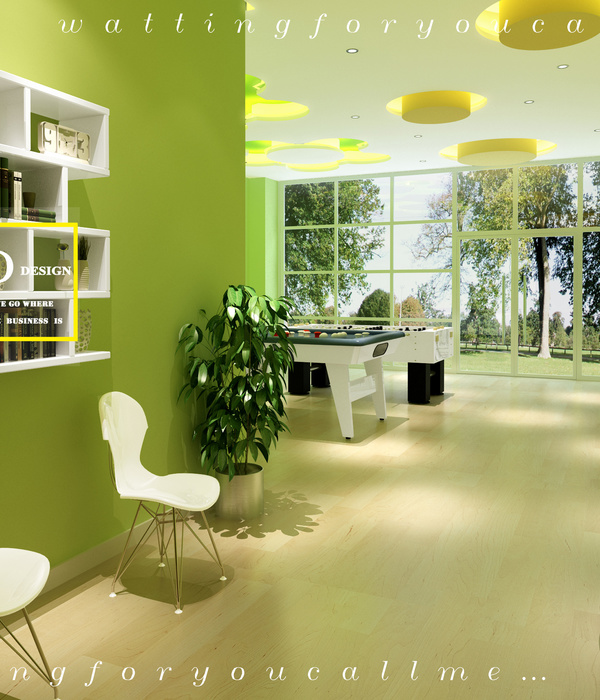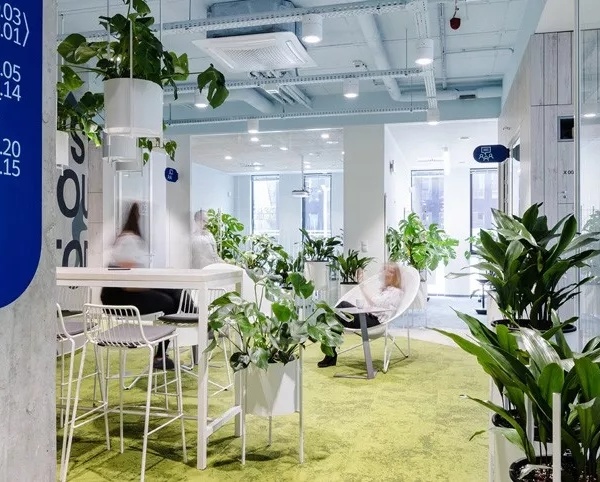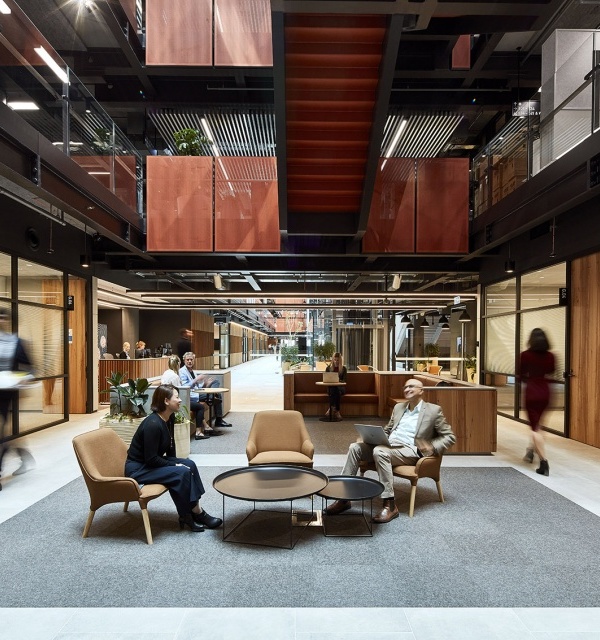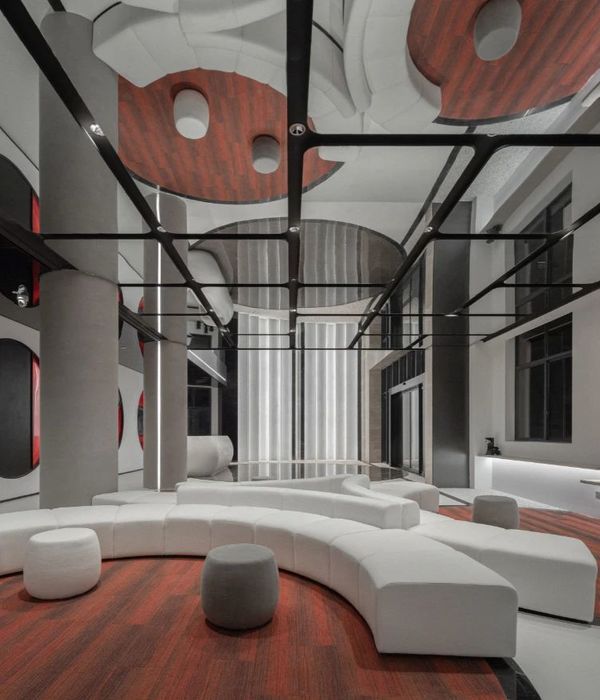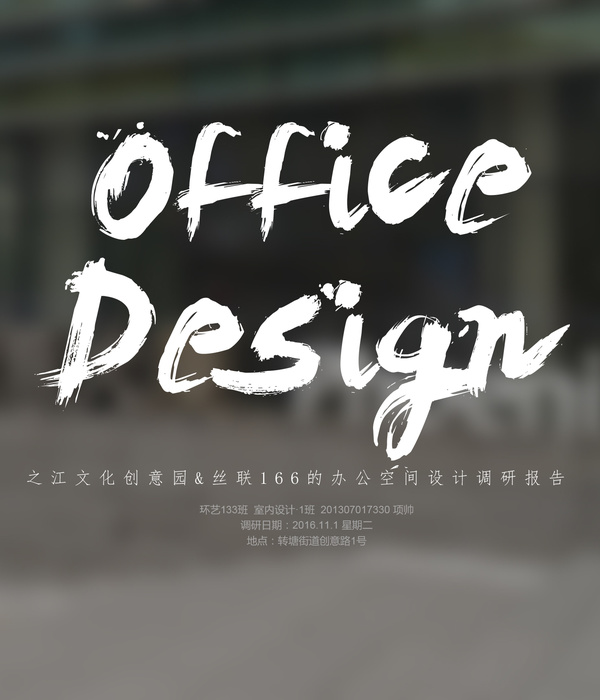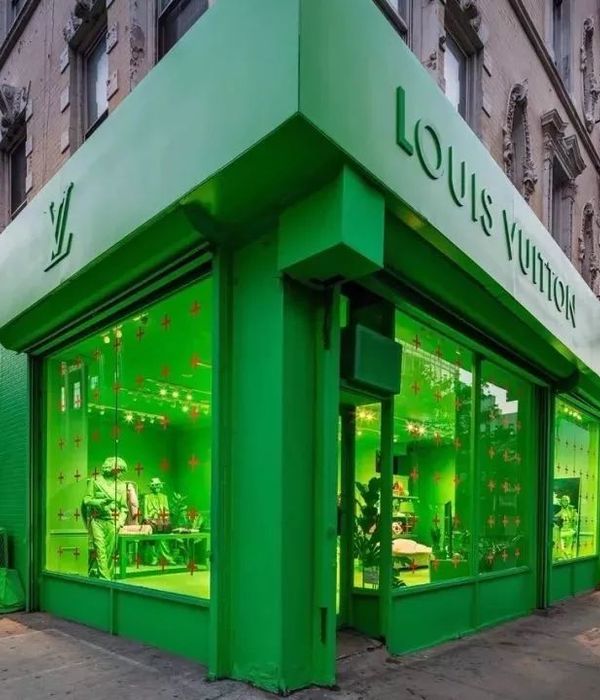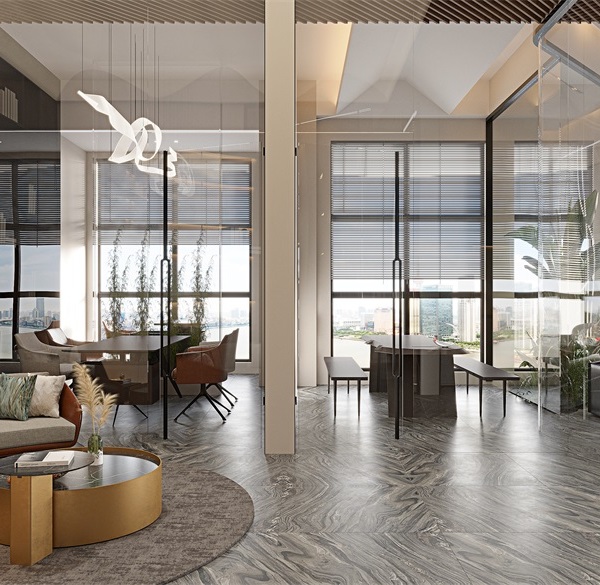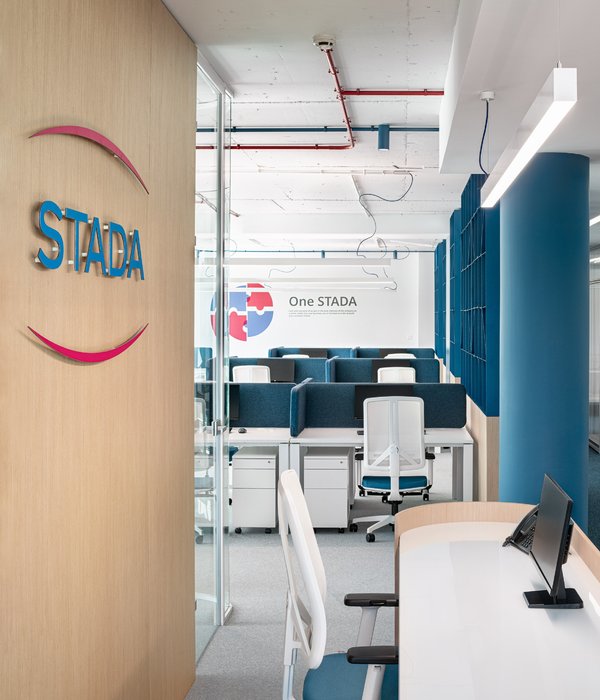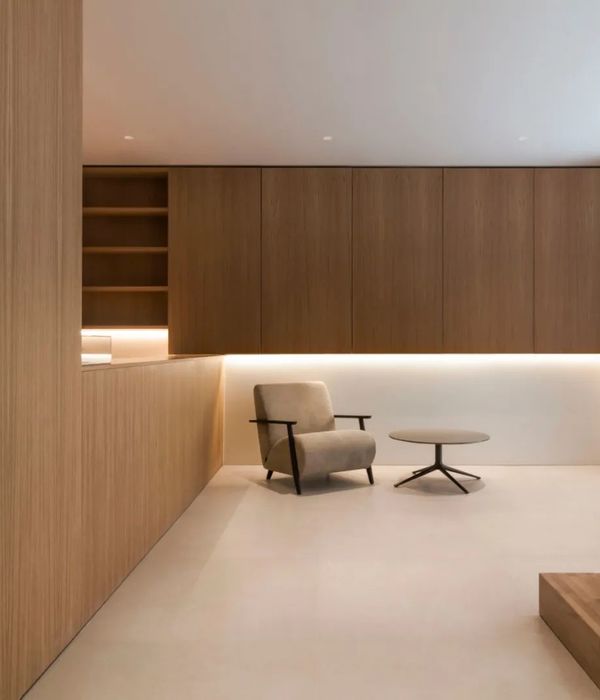MRT 项目 | BURR Studio 保护马德里工业遗产的新尝试

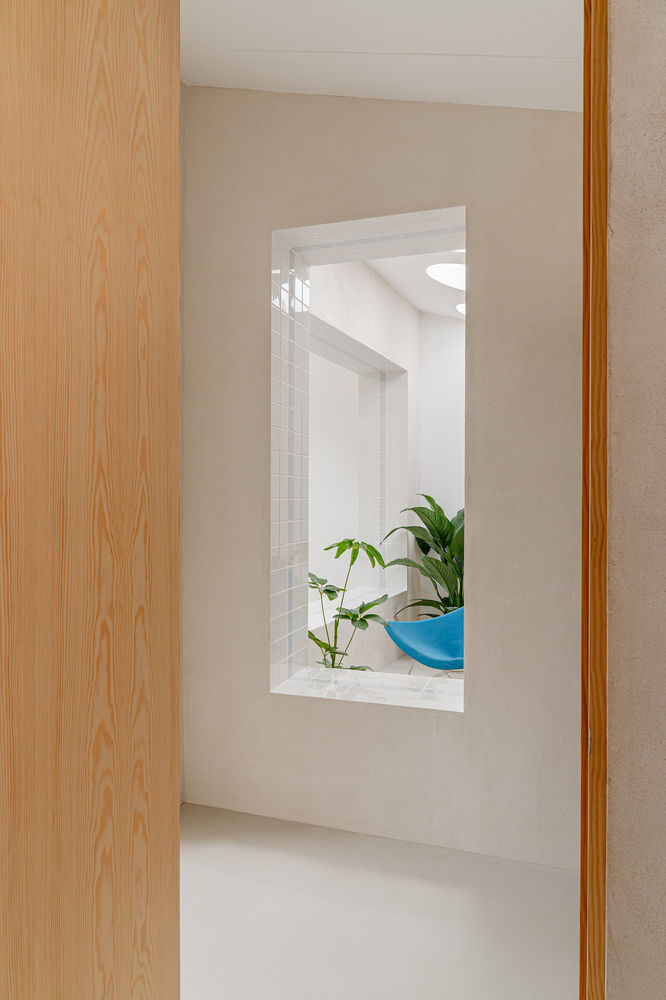
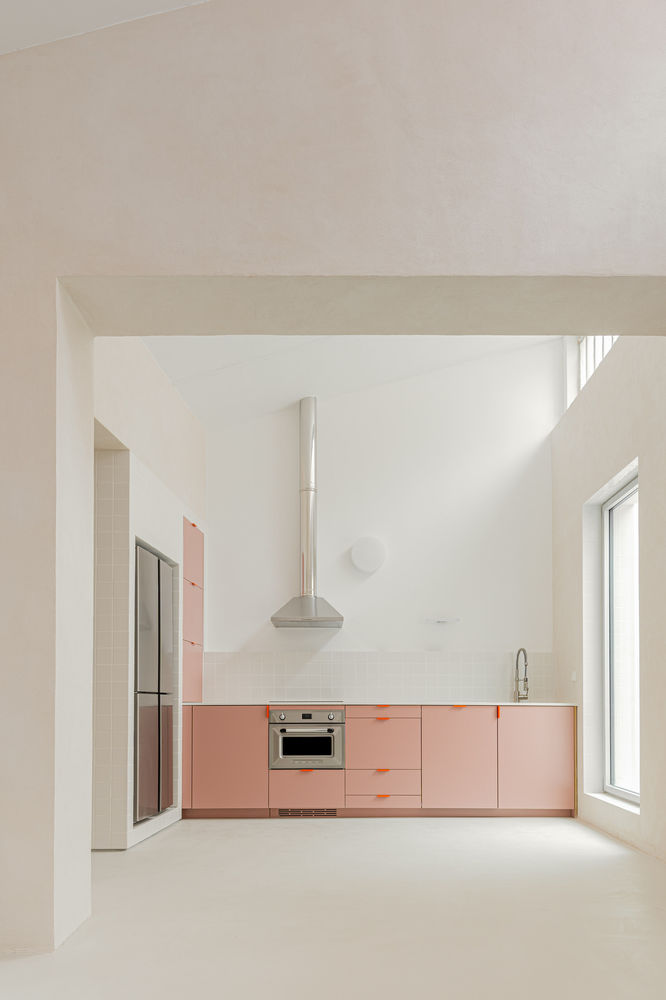
Burr Studio’s latest project is another in the studio’s enquiry into the “Elements for Industrial Recovery ”— a strategic initiative that seeks to protect Madrid’s industrial heritage by finding alternative uses for obsolete spaces.
Burr draws attention to how demolishing former industrial sites across Madrid can lead to property values rising up to four times the original price, exacerbating an already volatile real estate market. This ongoing project repurposes warehouses into residences to provide affordable housing, in turn protecting the city’s industrial heritage.
Originally a large food and beverage warehouse, MRT is now a living/working hybrid interior. The open plan distribution maximised its storage capability avoiding worthless light or ventilation openings. “In order to make this new use work the program was split into the different requirements and desires of the new tenants and arranged in a programmatic grid,” the team elaborates. “What initially was intended to be an abstract work document became the actual project.”

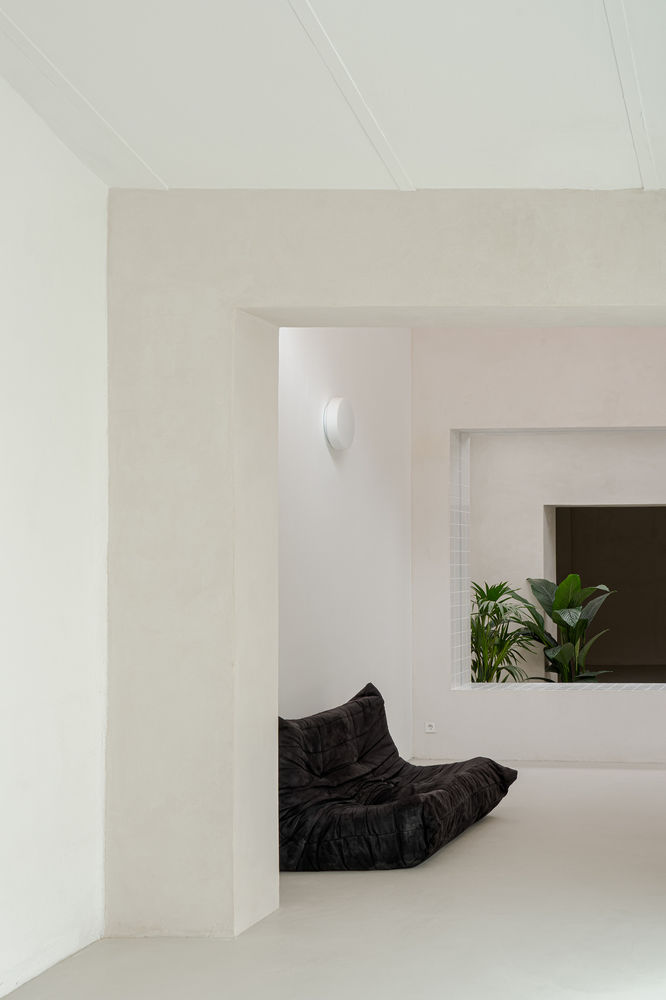
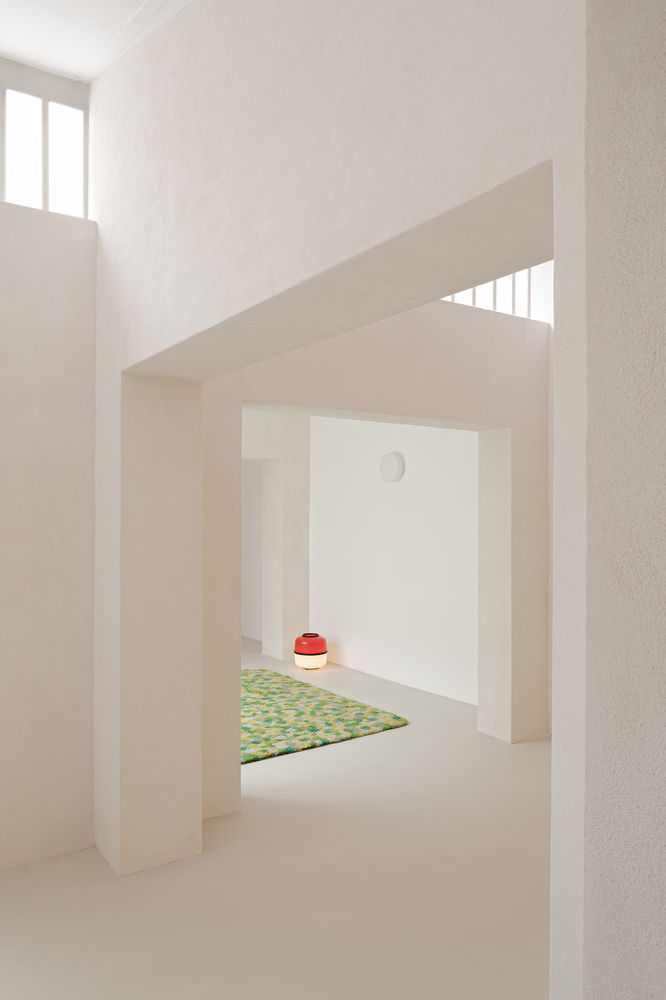
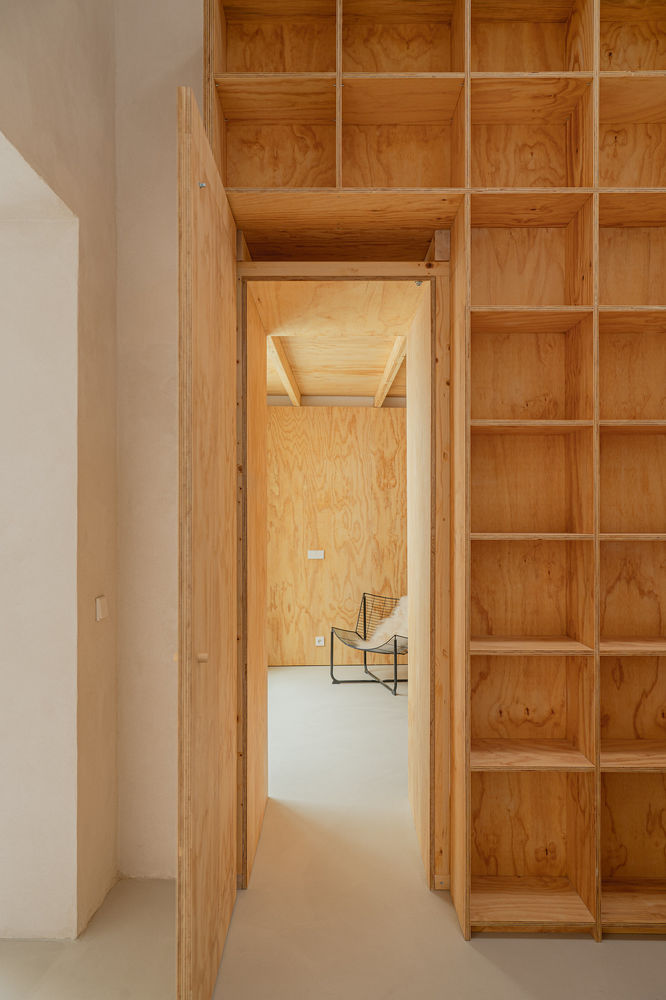
The result is a completely fragmented space, unlike the original open-plan warehouse. A mesh made up of walls organises the space into more open or closed programmatic capsules, depending on the use they house: a kitchen, a study, a library, a patio, a dining room, a bathroom, resting areas, a winter garden, a writing room and a parking space.
The grid, initially orthogonal and uniform, adapts to the pre-existing structure and to the requirements of each cell, becoming a distorted mesh. These divisions become thick masonry walls plastered with lime mortar. Openings of different sizes connect the different spaces of the grid.
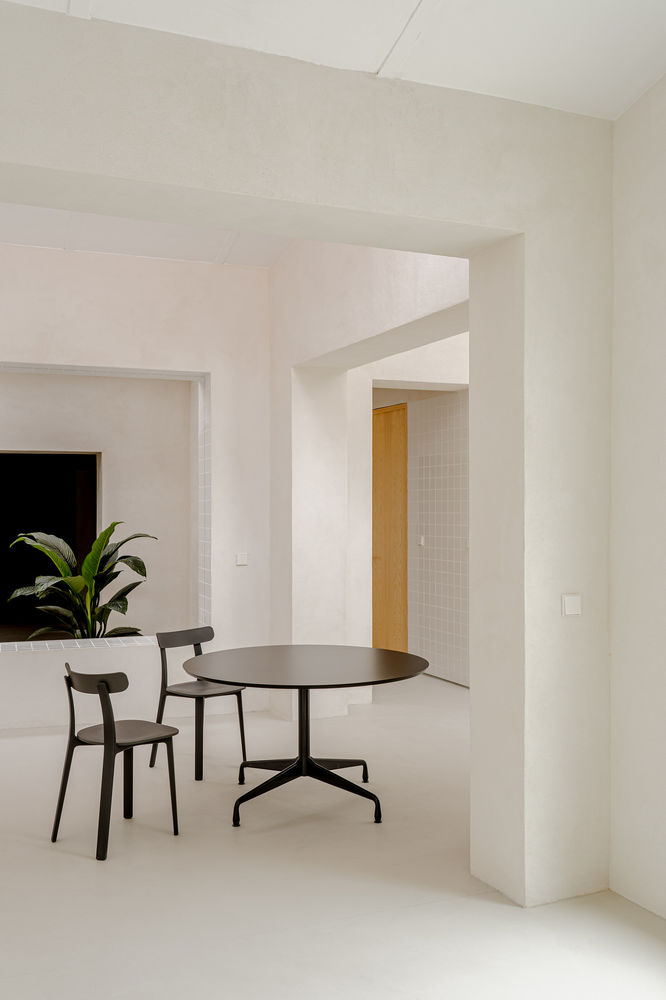
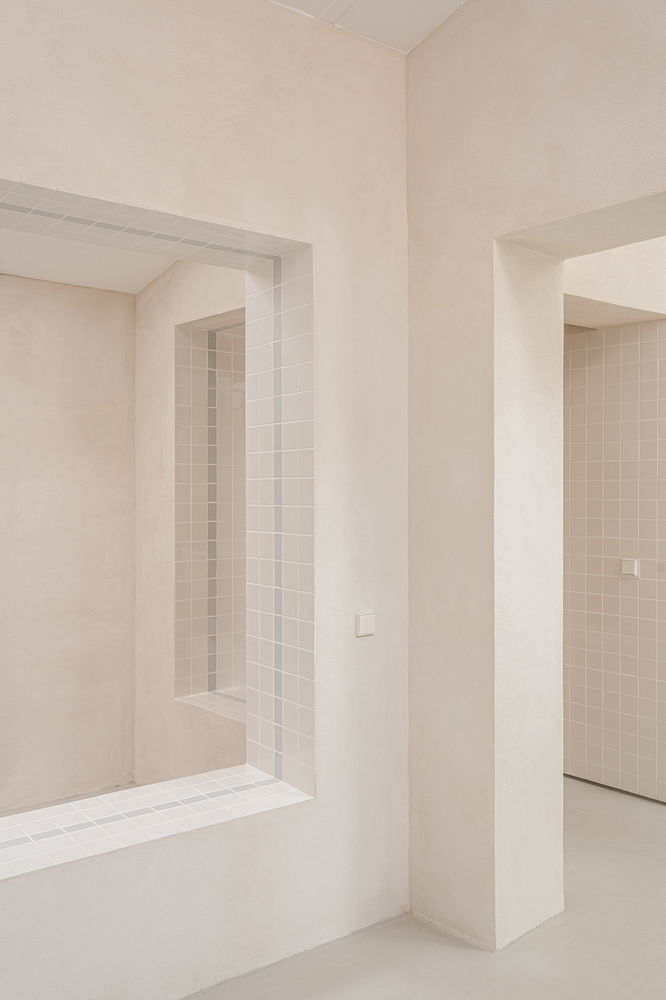
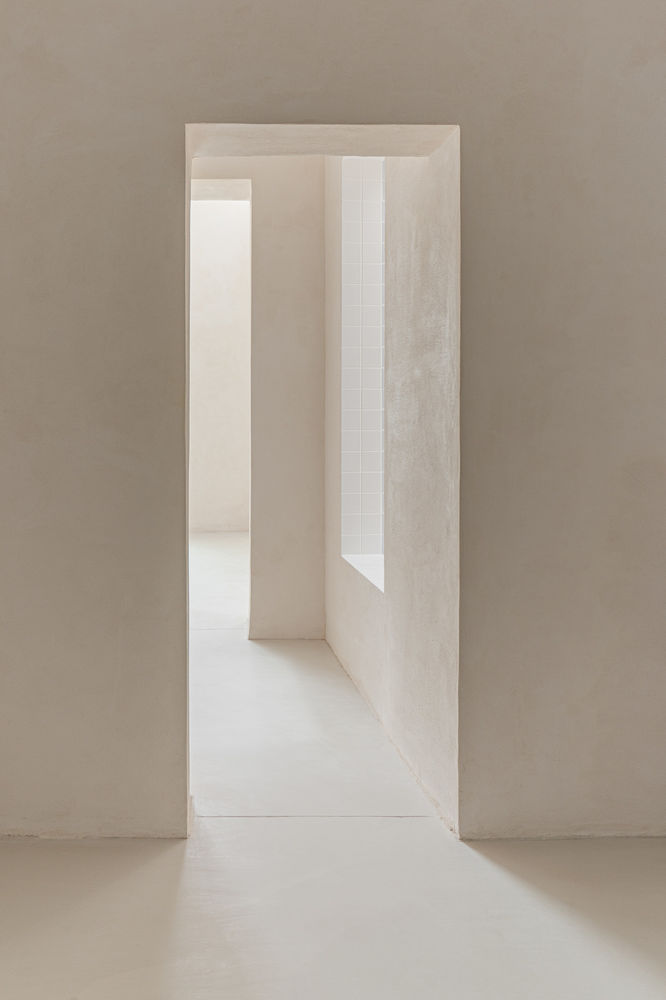
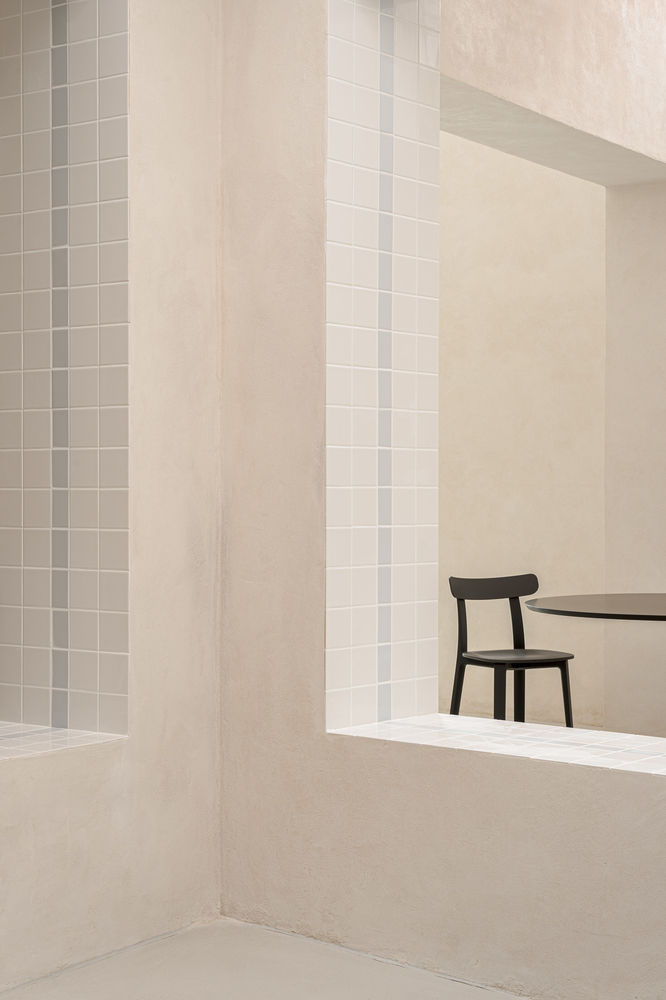
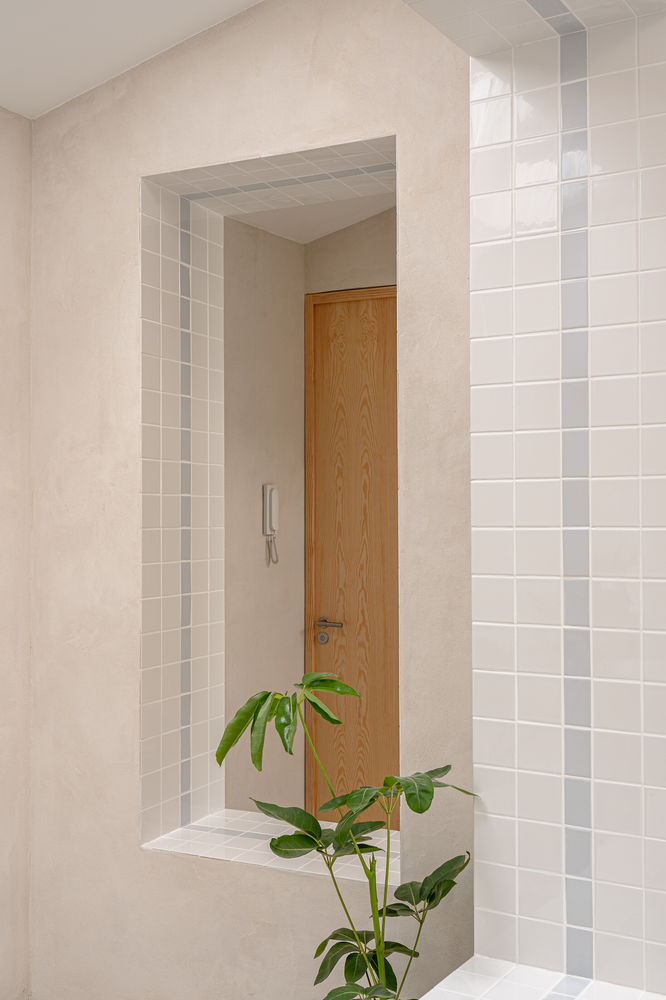
An independent wooden structure occupies one of the cells, intended to host resting areas. Like a parasite, this interior hut leans on the support structure constituted by the division walls, housing the most intimate spaces. The walls that make up this volume serve the different uses surrounding them, taking the form of a bookshelf for a library, a table for study and a cupboard for storage.
Although in this case, the program is very specific, the spatial structure allows the cells to host different uses, making a completely new activity possible in the future. Only two positions of the grid are fixed as they host two courtyards, one of them outdoor, and one of them indoor, which provide light and cross ventilation to the whole space.
“Our proposal aims to become a strategic toolset to protect [industrial buildings] through land-use and occupation alternatives that allow to extend this typology’s life and avoid its demolition,” Burr concludes.
[Images courtesy of Burr Studio. Photography by Maru Serrano.]
▼项目更多图片
